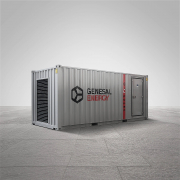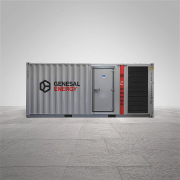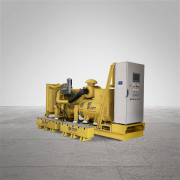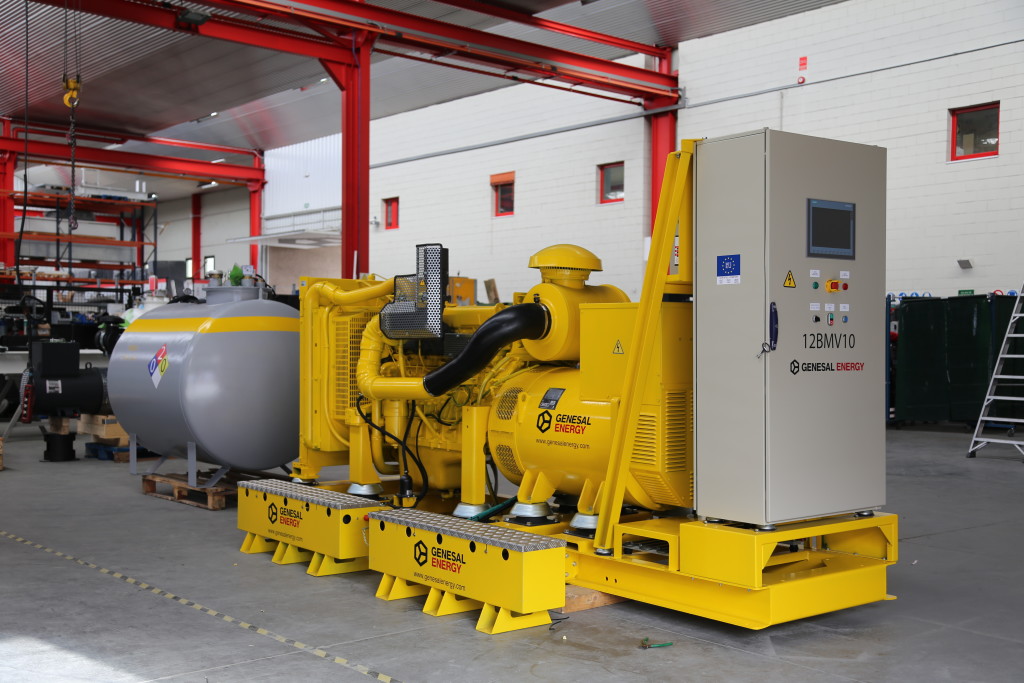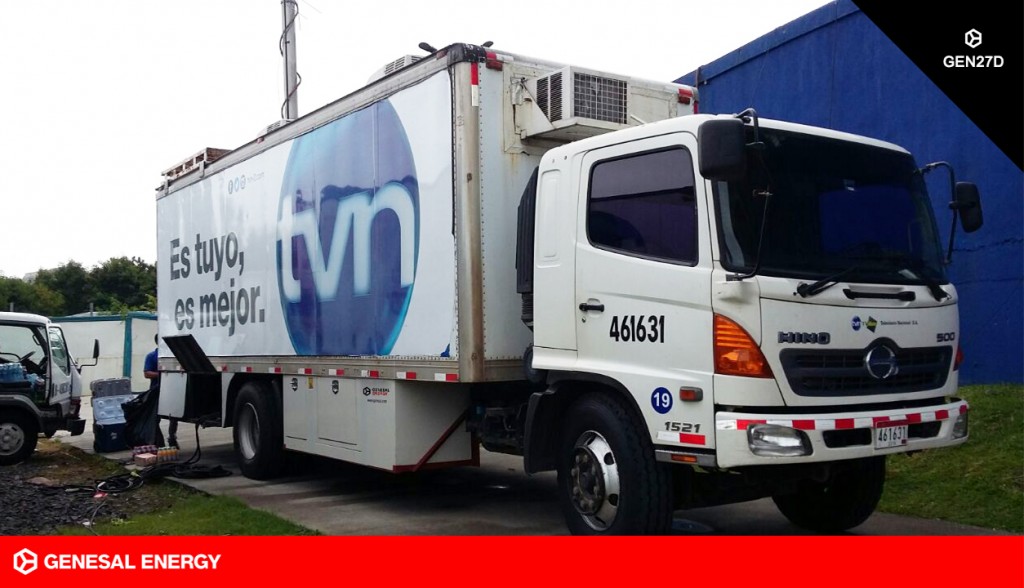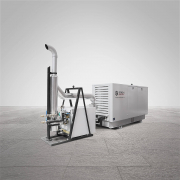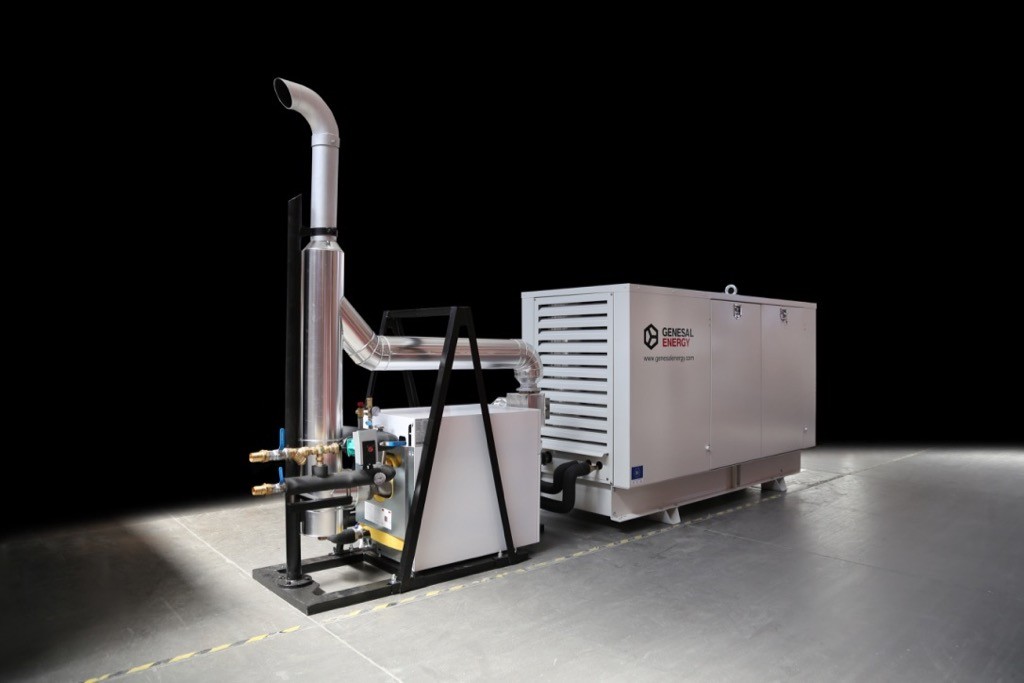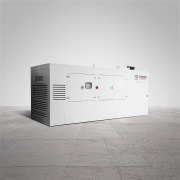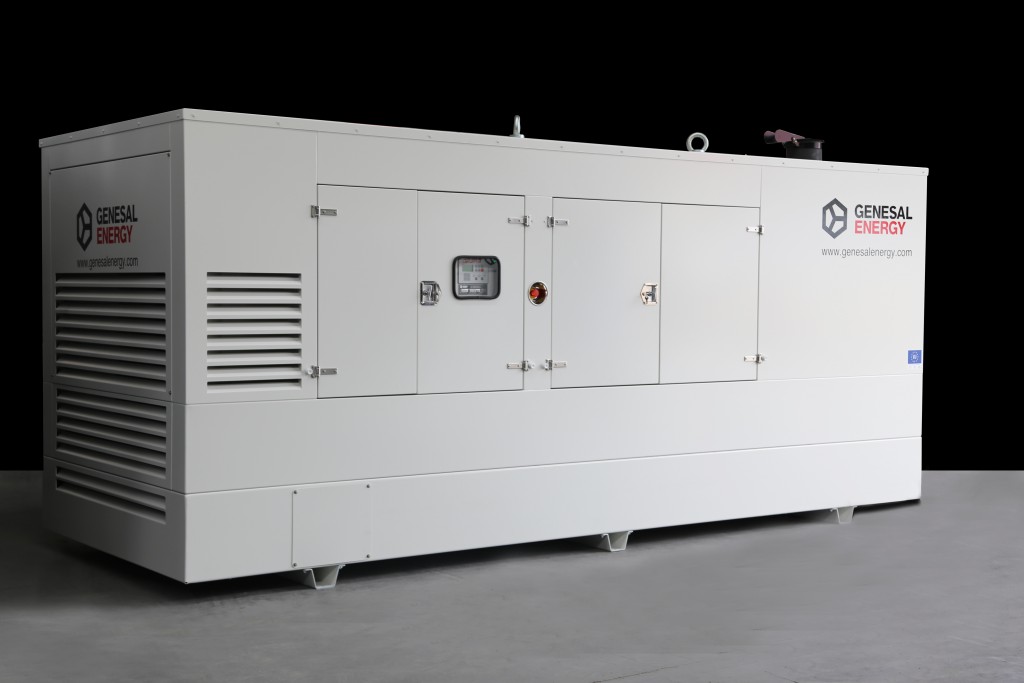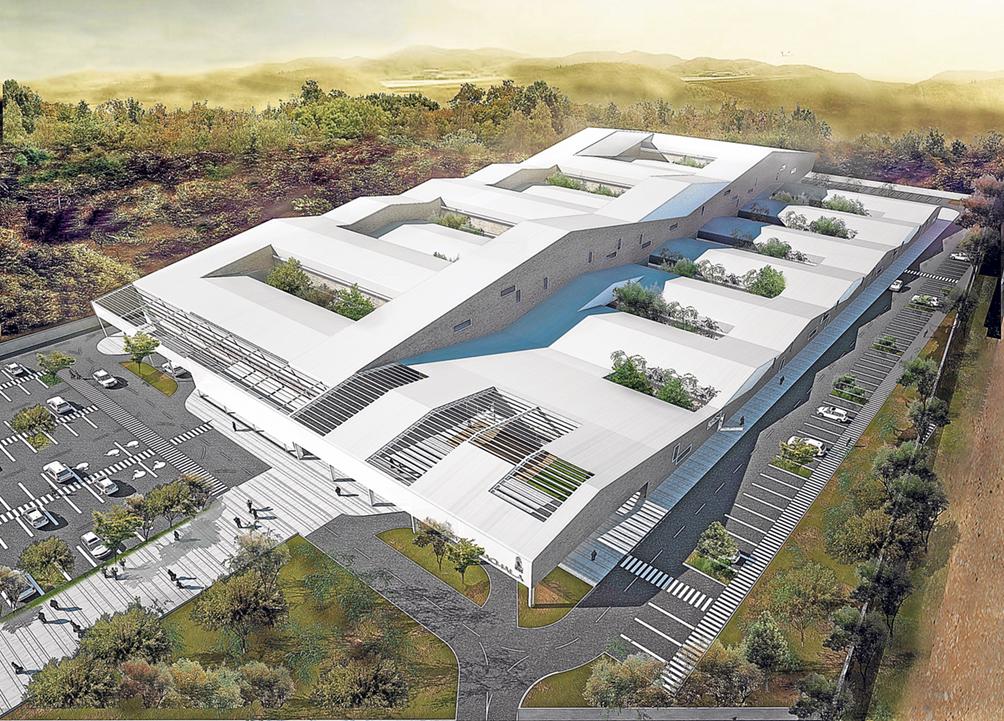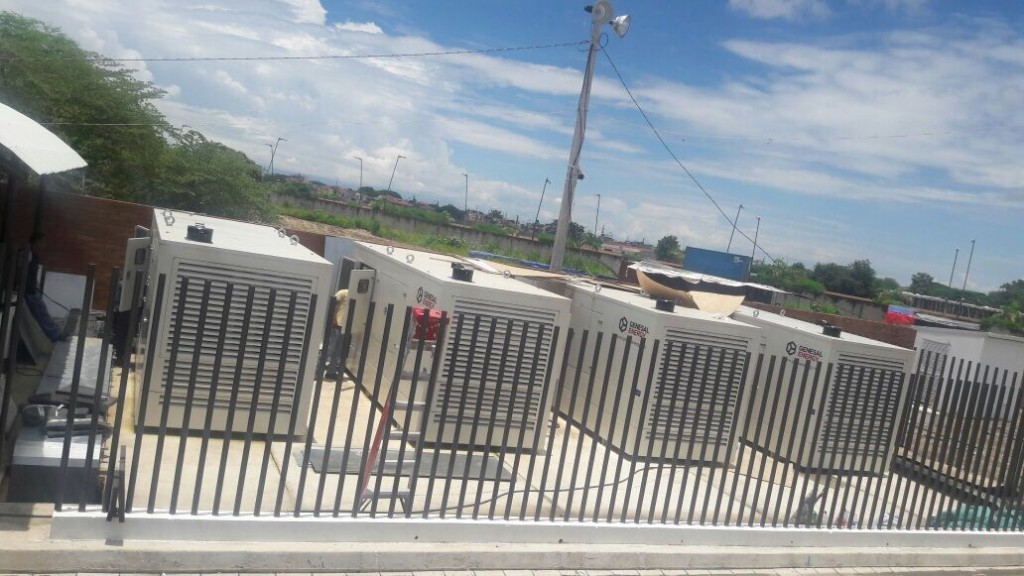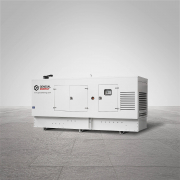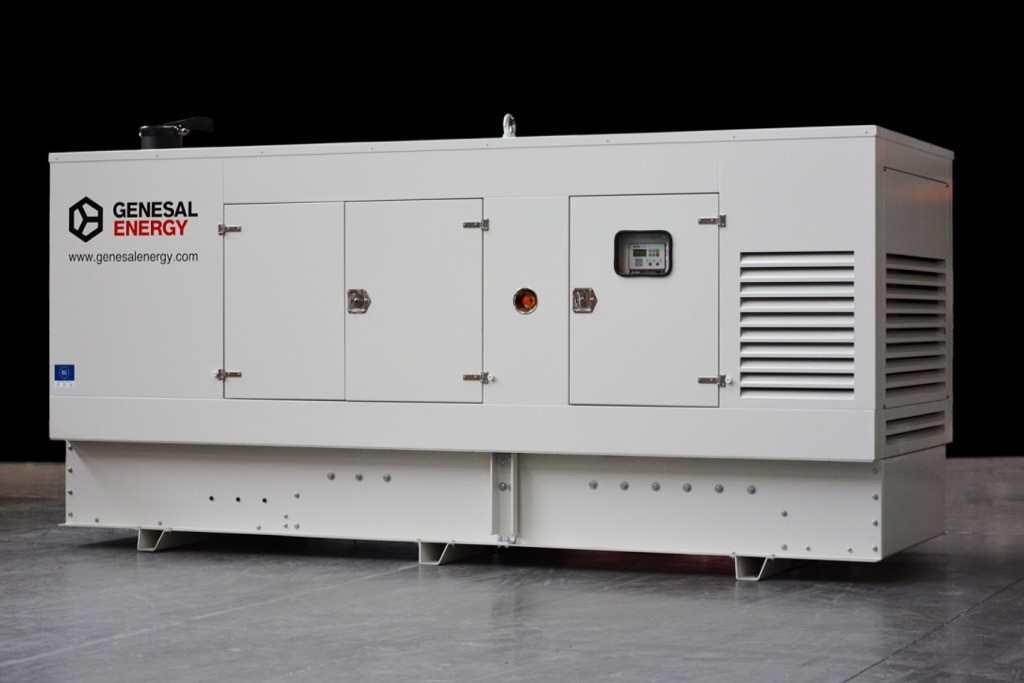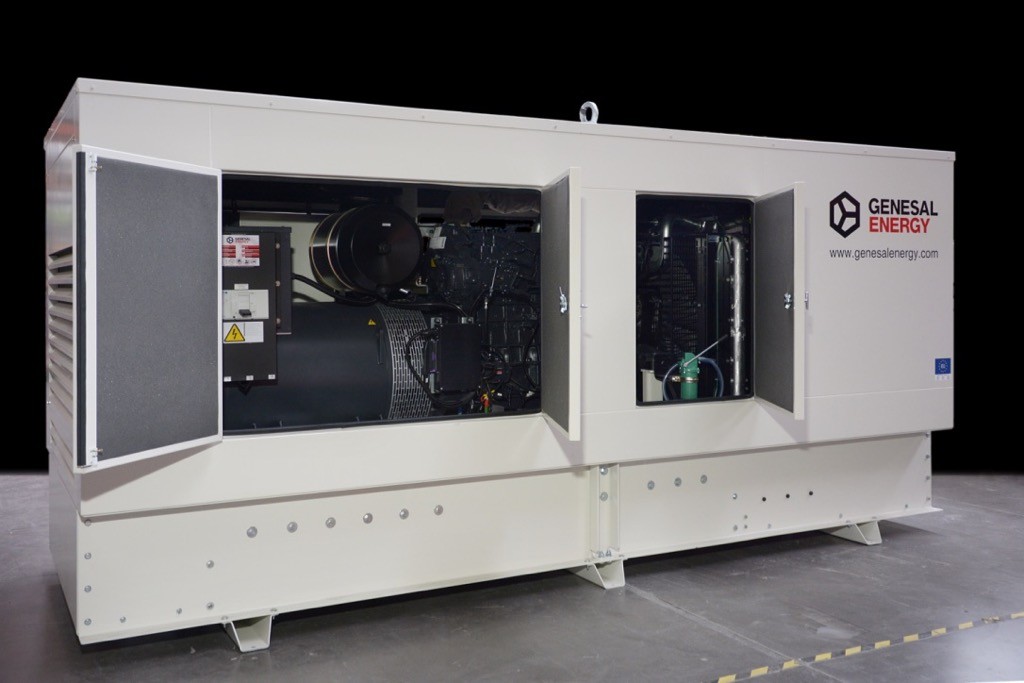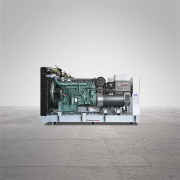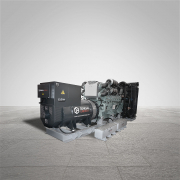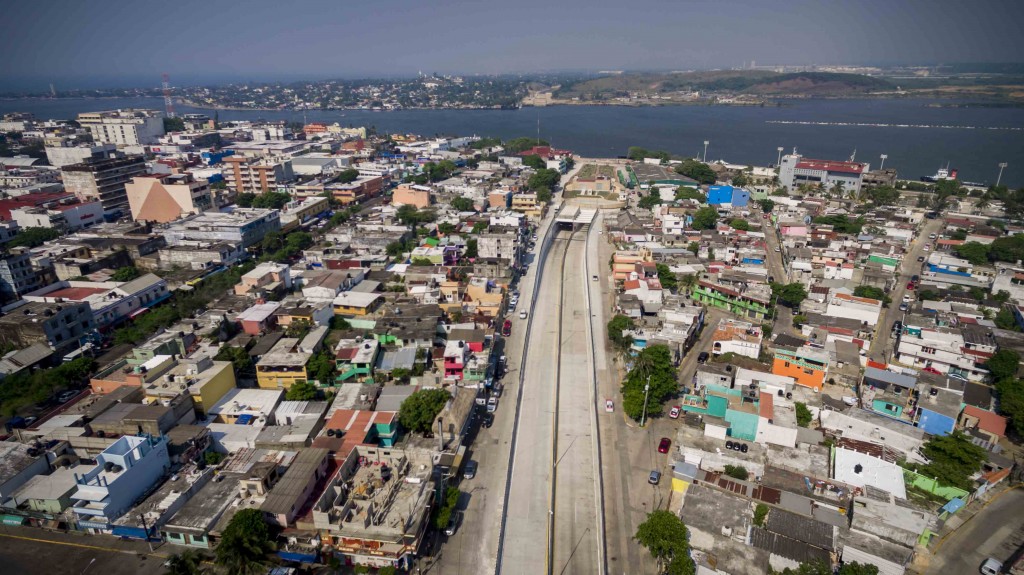Made to measure energy solution for the Almaraz Nuclear Power Plant
Both the reactors at the Almaraz Nucelar Power Plant in Caceres (the oldest in Spain) supply 7% of the nations energy demands.
The plant is located in an area know as Ribera del Rio Tajo, and they have recently placed their trust in GENESAL ENERGY to design an emergency back up generator set capable of dealing with any potential incident.
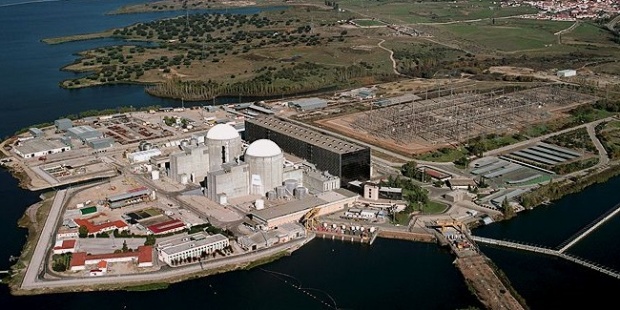
The project consisted in designing, building, installing and commissioning a genset capable of supplying a 110kVA of power to supply energy to the Individual Temporary Storage (ITS), which alongside the fuel pools, allow for temporary storage of used combustibles from the reactors in the event of a power failure.
Genesal has designed a soundproofed genset inside a 20ft container with an interior control room configured for automatic start up. The bench frame incorporates a 700 litre fully bunded fuel tank, providing the genset with up to 25 hours autonomy. The genset has been specially designed to work at 45°C as well as resist seismic movements, in order to comply with security norms.
To meet with the client’s specific needs the genset was designed with an independent control room and power output with various local controls to manage the genset and other parts of the installation.
Load bank
In the switchgear output of the grid/genset, switches are fitted for each area of the ITS in the power plant. Each one can close or open via pushbuttons or using a pre-programmed sequence designed by the client.
For the correct functionality of the genset, a separate room within the container was built to hold a resistive load bank which is connected to the genset output always and when the load is less than 40% of its maximum capacity. This allows for fuel use optimization and prolongs the lifetime of the genset (normally a genset is recommended to work at 70/80% of its maximum).
The load bank can connect to the genset manually via pushbutton for maintenance work. It is also important to highlight the implementation of signals exchange in the Distributed Control System (DCS) of the power plant, for example the state of switchgear, of the genset and a measurement of zero return to detect grounding failure in the installation.
